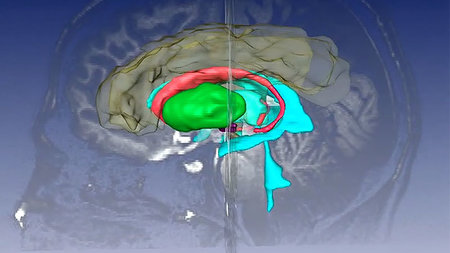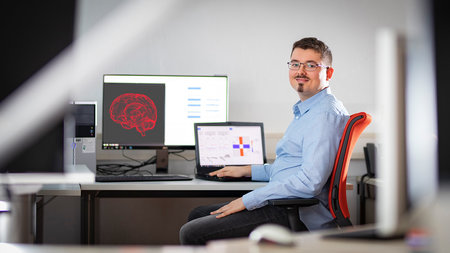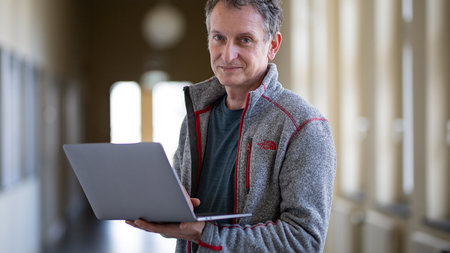Content
This course gives an introduction to robotics, with a particular interest in humanoid robots. It presents different methods for programming robots to perform tasks that involve sensory-motor interactions. The participants of the course will have the opportunity to apply their knowledge in the Praktikum Robotik and program robots for different tasks.
- Introduction
- Mathematical model
- 1. Transformations kinematics
- 2. Inverse kinematics
- 3. Differential kinematics
- 4. Dynamics
- Control
- 1. Sensors
- 2. Actuators
- 3. PID controller
- 4. Vision-based control
- Biologically inspired robots
- 1. Legged robots
- 2. Locomotion
- 3. Humanoid robots
- 4. Central Pattern Generator
- 5. Generation of whole-body motion patterns
- Navigation
- Social robotics
- Perceptual robotics
- Roboethics
Learning outcomes: Basic practical knowledge for robot control, task acquisition, motion generation, and sensory-motor interaction in robotics.
General Information
Please send me your name, matriculation number, and university login (only username) in order to register you for Praktikum and the course mailing list.
Dear students, I am providing a backup lecture on Tuesday 11th February at 10 A.M. ( Room 1/368A )
Prerequisites: Basic knowledge of Mathematics.
Exam:
The oral exam duration is 25-minutes
Date and time for the oral exam:
March 2nd & March 6th
Student list for the oral exam:
March 2nd:
10:30 - A. Munirathinam
11:00 - P.K. Shaw
11:30 - A. Sampathkumar
12:00 - M. Kuchenreuther
March 6th:
10:30 - A. Moussa
11:00 - L. Rosenbaum
11:30 - S. Li
12:00 - D. Escher
Useful links
Lecture Slides
Will be provided/Updated after each lecture.





